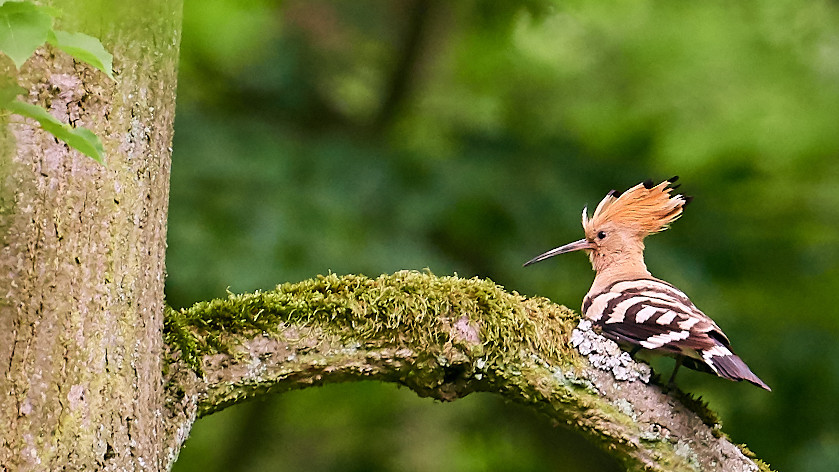
During the first half of the 20th century, the first annotated species inventories were published, which can be seen as the predecessors of today’s Red Lists. They already included specific advice on species protection. The first ‘real‘ Red List in Germany was published in 1971, which was an assessment of the level of threat to bird species in Germany, which were assigned to specific threat categories. Following international Red List examples, it aimed to illustrate the levels of threat in an easily understandable way and to highlight the need for specific conservation measures. Additional Red Lists were published for a variety of different species groups, with regular updates in approximately 10-year intervals. At the national level, Germany meanwhile develops Red Lists for about 60 different groups of animal, plant and fungi species.
In the former West Germany (‘Bundesrepublik Deutschland‘ or ‘BRD‘), Red Lists were published by the Federal Research Agency for Nature Conservation and Landscape Ecology (‘Bundesforschungsanstalt für Naturschutz und Landschaftsökologie‘), a predecessor organization of the Federal Agency for Nature Conservation (‘Bundesamt für Naturschutz‘ – BfN). In the former East Germany (‘Deutsche Demokratische Republik‘ or ‘DDR‘), Red Lists were usually produced for individual districts.

At Mount Steinmehlskopf in the ‘Vulkaneifel‘ mountains.
Photo: Ingrid Lamour
After its foundation in 1993, the Federal Agency for Nature Conservation started developing a more comprehensive Red List methodology because Red Lists had become important conservation tools. The first comprehensive German Red Lists, which included the former East and West Germany, were published in 1996 (plants) and 1998 (animals) by BfN. During a national conference in 1999, agreement was reached to increase the applicability of Red Lists through a quantitative and qualitative enhancement of information. As such, all Red Lists were supposed to include comprehensive species lists. Optional additional information regarding the level of threat to species could be given, such as information on species distribution and regional threats. The new standardized Red List assessment criteria changed the Red List categorization process fundamentally. This system allowed for a transparent and reproducible classification into threat categories. The Red Lists‘ information level and level of certainty therefore increased considerably compared to earlier Red List versions.
Red Lists were initially published as anthologies. A downside of this practice was that the status of individual lists was often outdated by several years before final publication. For this reason, all Red Lists as of the 2020 Red List series are now published individually.

The first ‘true‘ Red List was the bird list. In the currently valid Red List of breeding birds, the Hoopoe (Upupa epops) is classified as 'Threatened’ (‘Gefährdet’).
Photo: Johannes Karich
Binot-Hafke, M., Gruttke, H., Ludwig, G. & Riecken, U. (Bearb.): Bundesweite Rote Listen – Bilanzen, Konsequenzen, Perspektiven. – Bonn (Bundesamt für Naturschutz). – Schriftenreihe für Landschaftspflege und Naturschutz 65: 255 S.
DDA & DS/IRV (1971): Die in der Bundesrepublik Deutschland gefährdeten Vogelarten und der Erfolg von Schutzmaßnahmen. – Berichte der Deutschen Sektion des Internationalen Rates für Vogelschutz 11: 31-37.